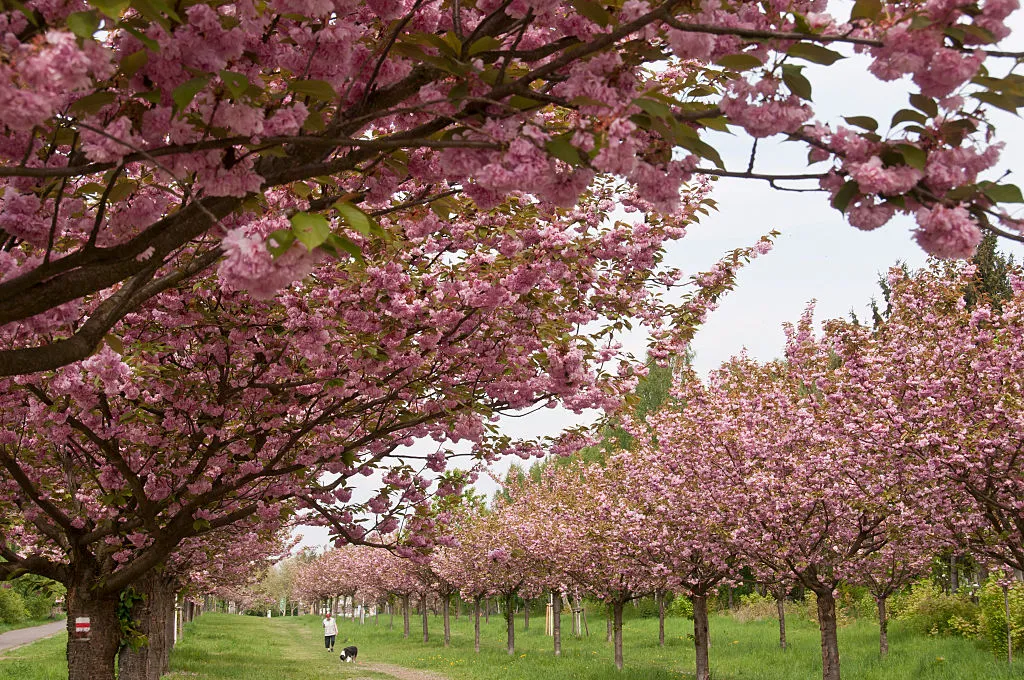It’s impossible to make out the tourists from the locals on a sunny Sunday afternoon at Mauerpark––the 37-acre linear green space formerly part of the Berlin Wall. The weekly Flohmarkt (flea market) is underway, surrounded by food stalls, picnics, live music and basketball games. Graffiti artists add a fresh design to a nearby portion of the wall left standing in the name of history.
Cyclists and pedestrians alike turn off Berlin’s well-known thoroughfare Danziger Street onto the cobblestone path that runs through Mauerpark. A waymarker, posted like a street sign, reads “Berliner Mauerweg,” meaning “Berlin Wall Trail.”
I’ve run along the Mauerweg countless times, usually heading north through Mauerpark, along the Kirschblütenpfad (Cherry Blossom Path) that runs underneath the Böse Bridge, and crossing the Panke River into the Berlin-Schönholz neighborhood before doubling back. But I never thought of the stories embedded into this path. The joyous cacophony of barbecuers and crowds enjoying Sunday karaoke in the mini-colosseum-style seating in Mauerpark supplants the grisly images of the Berlin Wall typically reserved for memorials and documentaries.
Cherry blossom trees line a section of the Mauerweg in Teltow.
Hohlfeld/ullstein bild via Getty Images
Most pedestrians and cyclists on the Mauerweg probably have some understanding that they’re walking across the scars of the infamous Berlin Wall, a heavily fortified military barrier that turned West Berlin into a political island for 28 years. What they probably don’t know is that the trail continues for the entirety of the wall’s 100-mile perimeter around what was formerly West Berlin. I certainly didn’t know until Sascha Möllering, a Berlin on Bike tour guide, took me on a ride nearly a decade ago while I was working on a story about the 25th anniversary of the fall of the Berlin Wall.
The fall of the Berlin Wall
Möllering was 15 years old, living in the leafy West Berlin suburb of Lichterfelde, when an East German bureaucrat by the name of Günter Schabowski mistakenly announced that travel restrictions to the west would be lifted immediately. It was…
Click Here to Read the Full Original Article at Travel | smithsonianmag.com…
